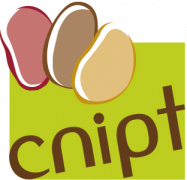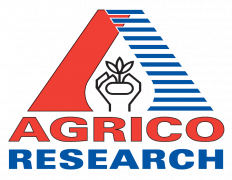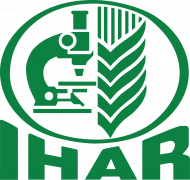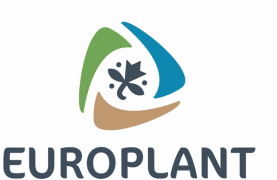The primary objective of this study was to assess the bio-functional, nutritional, physicochemical, and morphological characteristics of potato peel flour derived from waste potato peels and to compare these with those of commercial potato flour for the first time. Additionally, this study aimed to investigate the effect of freeze-drying on the physicochemical and morphological properties of potato peel flour. The findings revealed that freeze-dried potato peel flour contained higher levels of fiber, ash, and protein but lower levels of lipids, carbohydrates, and energy than commercial potato flour. It was found that both potato peel flour and commercial potato flour had total phenolic contents and antioxidant activities, including DPPH (2,2-diphenyl-1-picryl-hydrazyl) and Trolox equivalent values, ranging from 8.37 to 4.90 mg GAE/g, 60.97% to 54.38%, and 6.70 to 6.08 mg TEAC/g, respectively. Differential scanning calorimetry (DSC) results showed that potato peel flour had lower enthalpy and faster gelatinization compared to commercial potato flour. The average particle size and SEM image of potato peel flour were smaller than those of commercial potato flour. The mineral concentrations, particularly potassium (K) and iron (Fe), were higher in freeze-dried potato peel flour. Waste potato peels demonstrated a significant concentration of phenolic compounds and exhibited considerable antioxidant activity. Given their notable functional properties, these peels have potential applications in the pharmaceutical and medical sectors. Furthermore, the findings suggest that potato peel waste may serve as a viable alternative to commercial potato flour in the food industry, particularly in the confectionery and bakery sectors.
Full publication URL















